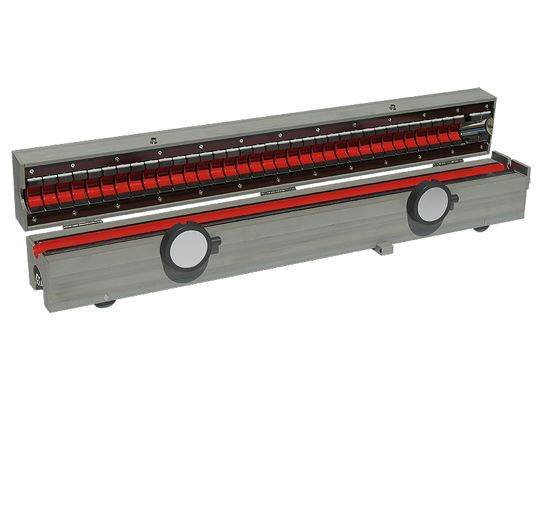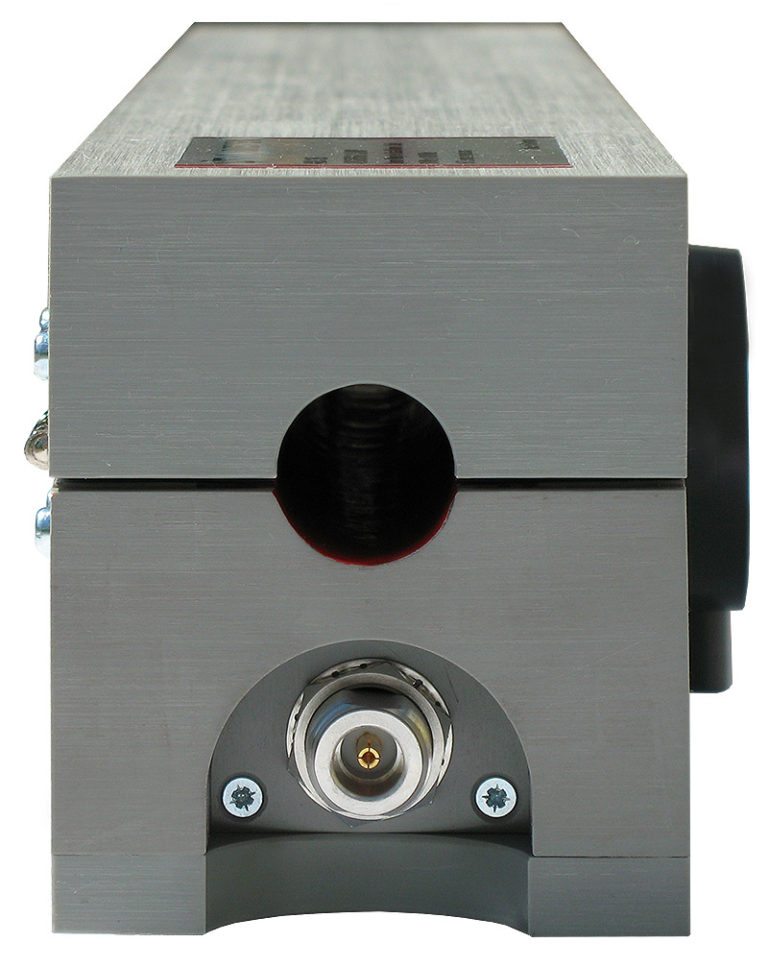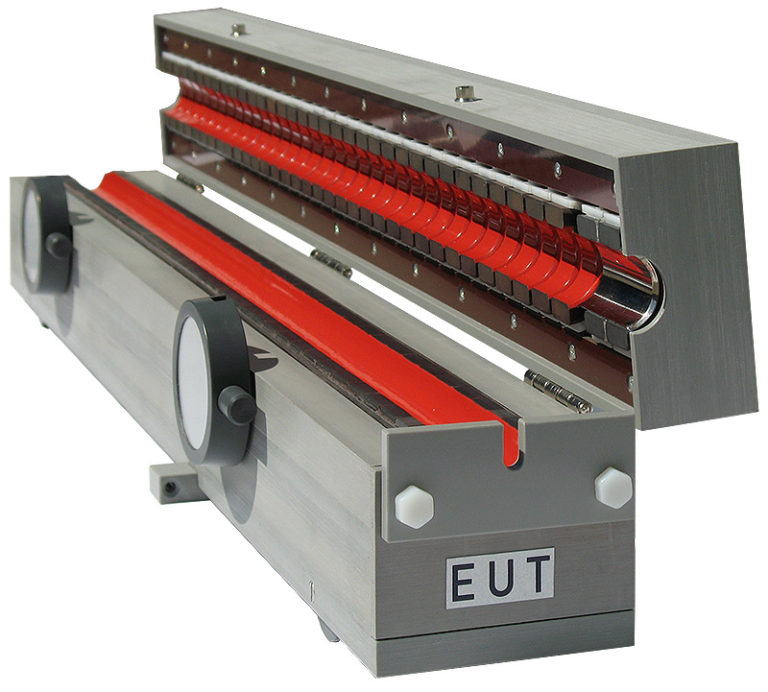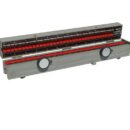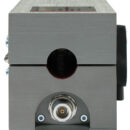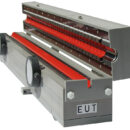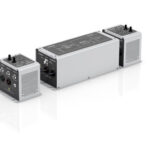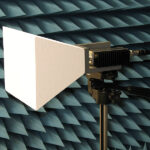In connection with a measuring receiver according to CISPR 16-1-1, the absorbing clamp MDS enables to measure the interference capability of radio interferers, such as domestic appliances, electric tools etc. directly; viz. by measuring the power generated by the interferer and fed to its supply cable.
The absorbing clamp measurement method (ACMM) is described in Clause 7 of CISPR 16-2-2: Specification for radio disturbance and immunity measuring apparatus and methods – Part 2-2: Methods of measurement of disturbances and immunity – Measurement of disturbance power. The absorbing clamp itself is described in CISPR 16-1-3: Radio disturbance and immunity measuring apparatus – Ancillary equipment – Disturbance power.
| Frequency range: | 30 MHz to 1000 MHz |
|---|---|
| Typical clamp factor: | see graph |
| Calibrated for receiver impedance: | 50 Ω |
| Connector: | N, female |
| Max. current ( f < 500 Hz ): | 30 A |
| Max. input power for immunity tests: | 5 W |
| Diameter of appliance power cable: | up to 20 mm |
| Dimension (WxHxD): | 610 mm x 115 mm x 80 mm |
| Weight: | approx. 6.3 kg |
| Classification: | for indoor use only |
| Operation: | +5 °C up to +40 °C |
| Relative humidity: | up to 80% |
Typical clamp factor in dB (pW/µV) inclusive 6 dB attenuator and 5 m cable RG223U

